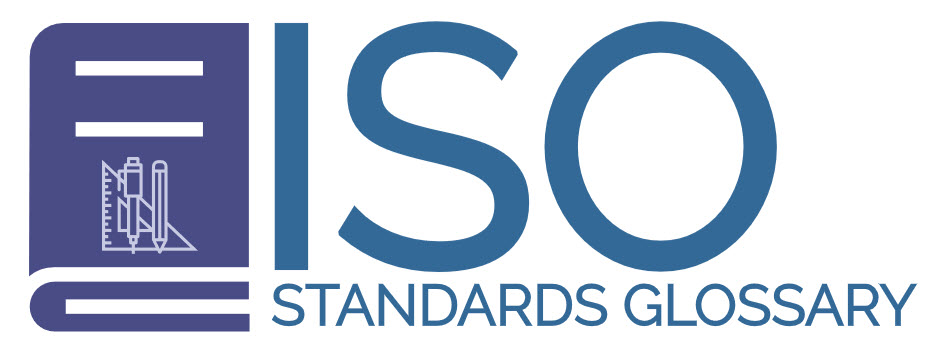Contents
The International Organization for Standardization (ISO) is an international standard-setting body that promotes proprietary, industrial and commercial standards around the world.
The organization is currently comprised of representatives from over 160 national standards organizations. It is possible to be a member body, a correspondent member or a subscriber member. Most members are member bodies.
ISO publishes international standards (ISO standards), but also certain other documents pertaining to standardization, including technical reports, technical specifications and guides.
Uniform standards serve several purposes. They do for instance make it easier for businesses to enter new markets, and for buyers to directly compare the goods and services offered from various vendors. Standards can also help safeguard the end-users of products and services.
How many ISO standards are there?
At the time of writing, over 20,000 ISO-standards have been set, covering a wide range of subjects – including manufactored goods, agriculture, healthcare, and technology.
List off International ISO Standards
- ISO 1 to ISO 1998
- ISO 2002 to ISO 2982
- ISO 3001 to ISO 3994
- ISO 4010 to ISO 4957
- ISO 5007 to ISO 5991
- ISO 6009 to ISO 6989
- ISO 7004 to ISO 7998
- ISO 8009 to ISO 8995
- ISO 9000 to ISO 9999
- ISO 10000 to ISO 14997
- ISO 15001 to ISO 20000 +
Commonly searched definitions
Standard
FX
According to Daytrading.com, FX is an abbreviation of Foreign Exchange. The Forex Exchange is a marketplace where currencies are traded against each other. The foreign exchange market is used by banks, financial institutions, multinational companies, and retail investors. The foreign exchange market is the largest market in the world with a daily turnover of more than USD 1 trillion. The foreign exchange market is used to facilitate international trade and for speculation. Read more about Forex trading and the foreign exchange market.
Charges
With the exception of a small number of isolated standards, ISO standards are normally not available free of charge – they must be purchased.
Designation of ISO standards
The international standards published by ISO are designated using the format ISO nnnnn[-p]:[yyyy] Title.
Example: ISO 22000:2018 Food safety management systems — Requirements for any organization in the food chain
- nnnnn = the number of the standard
- p = an optional part number
- yyyy = the year of publication
- Title = a description of the subject
In some cases, IEC or ASTM is utilized instead of ISO in the designation. IEC denotes the International Electrotechnical Commission, while ASTM is the American Society for Testing and Materials.
How old is the International Orgaization for Standardization?
The foundation date for this organization is 23 February, 1947.
It was one of the first organizations that achieved general consultative status with the United Nations Economic and Social Council.
Background
The International Federation of National Standardizing Associations (ISA) was formed in Prague in 1928. Because of World War II, it stopped functioning in 1942.
After the end of the war, the United Nations created the UN Standards Coordinating Committee (UNSCC) and this committee approach the dormant ISA, proposing that they join forces to form a new global standards body. In October 1946, representatives for both ISA and UNSCC gathered in London to sort out the details. ISO was formed, and the new organization officially began operations in February 1947.
Where is ISO headquarter?
The ISO headquarter is located in Geneva, Switzerland.
Which are the official languages for the organization?
The International Organization for Standardization has three official languages:
- English (Oxford spelling)
- French
- Russian
The organization is named Organisation internationale de normalisation in French and Международная организация по стандартизации (Mezhdunarodnaya organizatsiya po standartizatsii) in Russian.
The short version of the name, ISO, is the same in all languages since it is formally not an acronym but a reference to the Greek word isos (ίσος) meaning equal.
Members

ISO has three membership categories:
- Member bodies are the only ISO members that have voting rights. Only national bodies considered the most representative standards bodies in each country can become member bodies.
- If a country doesn’t have a national standards body, it can become a correspondent member of ISO. Correspondent members are kept informed about ISO’s work, but do not have voting rights and will not participate in standards promulgation.
- A country with a small economy can become a subscriber member. Subscriber members pay a reduced membership fee.
